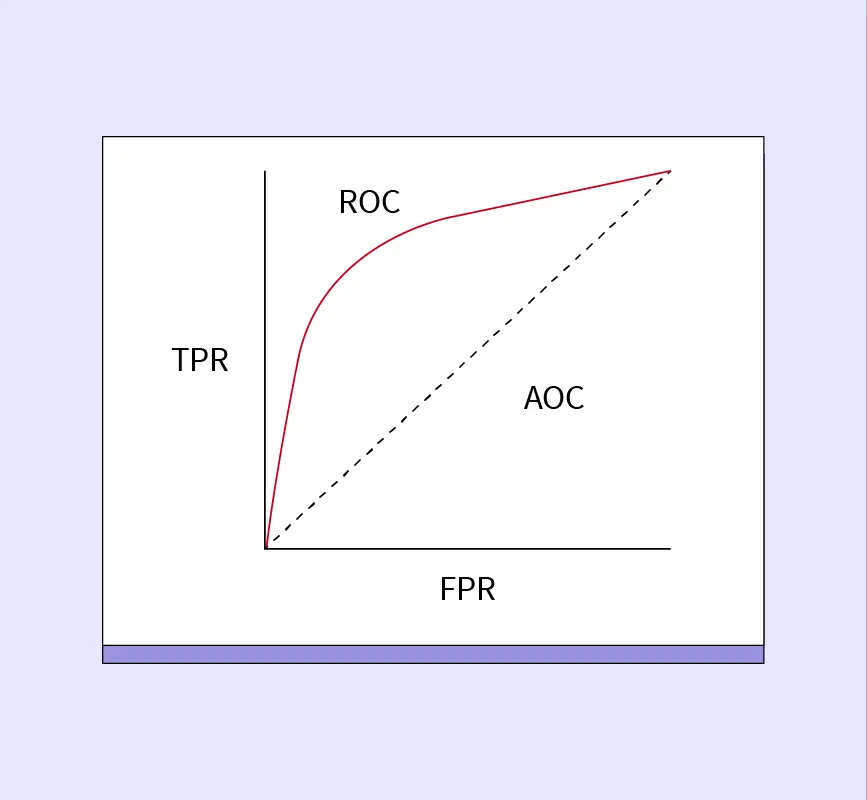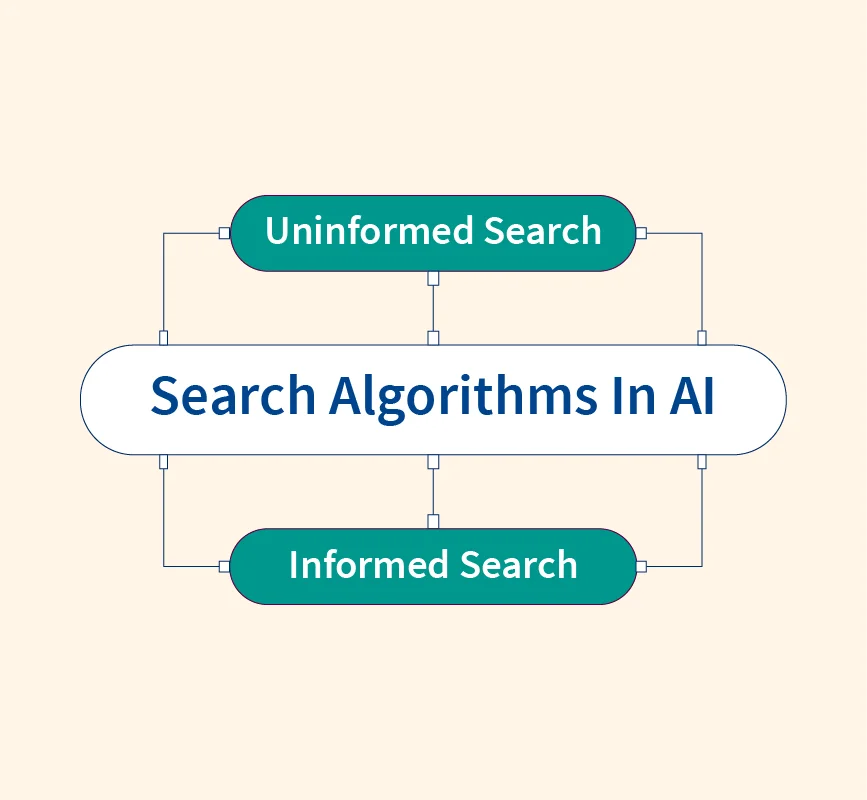Python has become an indispensable tool in the world of data science, playing a pivotal role in the ecosystem due to its versatility, ease of use, and rich library support. Selecting the right programming language is crucial for any data science project, as it impacts everything from the speed of development to the efficiency of data manipulation and analysis.
This article explores why Python stands out as the preferred language for data science professionals and enthusiasts. We’ll delve into its features, advantages, and real-world applications to understand what makes Python so well-suited for data science tasks.
What is Data Science?
Data science is a multidisciplinary field that involves extracting valuable insights from data through various techniques such as data analysis, machine learning, statistical modeling, and data visualization. It encompasses everything from understanding raw data to building predictive models and making data-driven decisions.
Programming languages play a key role in data science by providing the tools necessary to process and analyze large datasets efficiently. Python’s prominence in data science has grown over the years, largely due to its simplicity, flexibility, and extensive ecosystem of libraries that cater to every stage of the data science workflow.
Why Use Python for Data Science?
Python’s growing appeal in the data science community is no accident. Its combination of accessibility, functionality, and extensive libraries makes it an ideal choice for both beginners and experienced professionals.
Source – IMARTICUS
Easy to Learn and Use
- Python’s intuitive syntax makes it easy for beginners to pick up, while its versatility allows professionals to handle complex tasks efficiently.
- The highly readable code structure ensures that Python is accessible to a wide audience, enabling collaboration across teams and industries.
Open-Source and Free
- Python is an open-source language, meaning it’s free to use and constantly evolving thanks to contributions from a global community of developers.
- Users can modify and contribute to open-source projects, creating a collaborative environment where new tools and improvements are introduced regularly.
Rich Ecosystem of Libraries
- One of Python’s biggest strengths is its ecosystem of libraries designed specifically for data science, such as NumPy for numerical computations, Pandas for data manipulation, Matplotlib and Seaborn for data visualization, and Scikit-learn for machine learning.
- These libraries simplify data science tasks, allowing users to focus more on analysis and less on reinventing the wheel.
Cross-Platform Functionality
- Python runs smoothly across all major operating systems, including Windows, macOS, and Linux, making it highly compatible and versatile.
- Python also integrates well with various cloud services and tools, making it a strong choice for distributed computing and cloud-based data projects.
Key Advantages of Python for Data Science
Python’s advantages go beyond its ease of use and rich library ecosystem. It excels in several areas that are crucial for modern data science workflows.
1. Flexibility and Scalability
- Python is suitable for projects of any size, from small data analysis scripts to large-scale machine learning projects. Its scalability means it can handle everything from small datasets to massive data lakes.
- Python’s versatility allows it to be used in automation, machine learning, web development, and more, making it a valuable tool across different domains of data science.
2. Seamless Integration with Other Languages
- Python works well with other programming languages such as R, SQL, Java, and Scala, making it an excellent choice for multi-language workflows in data science.
- This interoperability allows data scientists to combine Python with other languages where needed, ensuring efficiency and flexibility in data projects.
3. Strong Community and Documentation
- Python has one of the largest and most active communities in the programming world. This provides access to countless resources, tutorials, forums, and support systems.
- Extensive documentation for libraries and frameworks makes it easy to learn new tools and troubleshoot issues, ensuring that help is always available when needed.
4. Industry Adoption
- Python has become a widely adopted standard across various industries. From tech giants like Google and Facebook to financial institutions and healthcare organizations, Python is a go-to language for data science roles in sectors that rely on data-driven decision-making.
Python vs Other Languages for Data Science
While Python is the dominant language in data science, it’s important to understand how it compares to other popular programming languages used in the field.
Python vs R
- Ease of Use: Python has a simpler syntax, making it easier for beginners to learn. R, while powerful for statistical analysis, has a steeper learning curve.
- Libraries: Python has a broader range of libraries for machine learning and general-purpose programming, while R excels in statistical analysis and data visualization.
Python vs Java/Scala
- Speed: Java and Scala are faster than Python in data-heavy environments, particularly in big data and distributed computing scenarios. However, Python’s ease of use and extensive library support often make it a more efficient choice for prototyping and smaller projects.
- Scalability: Java and Scala are traditionally preferred for large-scale applications, but Python’s scalability has improved significantly with the help of frameworks like Apache Spark and Dask.
Real-World Applications of Python in Data Science
Python’s versatility makes it an excellent choice for a wide variety of data science applications across industries:
Machine Learning and AI
Python is the preferred language for building machine learning models due to libraries like Scikit-learn, TensorFlow, and Keras, which simplify the implementation of complex algorithms.
Data Visualization
Libraries such as Matplotlib, Seaborn, and Plotly make Python a powerful tool for creating stunning and informative visualizations, helping data scientists communicate their findings effectively.
Natural Language Processing (NLP)
Python’s NLP capabilities are enhanced by libraries like NLTK and spaCy, making it a go-to choice for text analysis, sentiment analysis, and chatbot development.
Automation and Scripting
Python is widely used for automating repetitive tasks such as data cleaning, report generation, and web scraping, freeing up data scientists’ time for more complex tasks.
Conclusion
Python’s dominance in data science is a result of its versatility, ease of use, and comprehensive ecosystem of libraries. Whether you’re working on machine learning, data visualization, or automation, Python provides the tools and flexibility needed to succeed in data-driven projects. Its strong community support, cross-platform functionality, and ability to scale make it a preferred choice for both beginners and experienced data scientists.
As data science continues to evolve, Python’s adaptability and robust ecosystem position it as a language that will remain at the forefront of this field. If you’re considering a career in data science, learning Python is a critical step toward unlocking your potential in this exciting and rapidly growing industry.
References:


